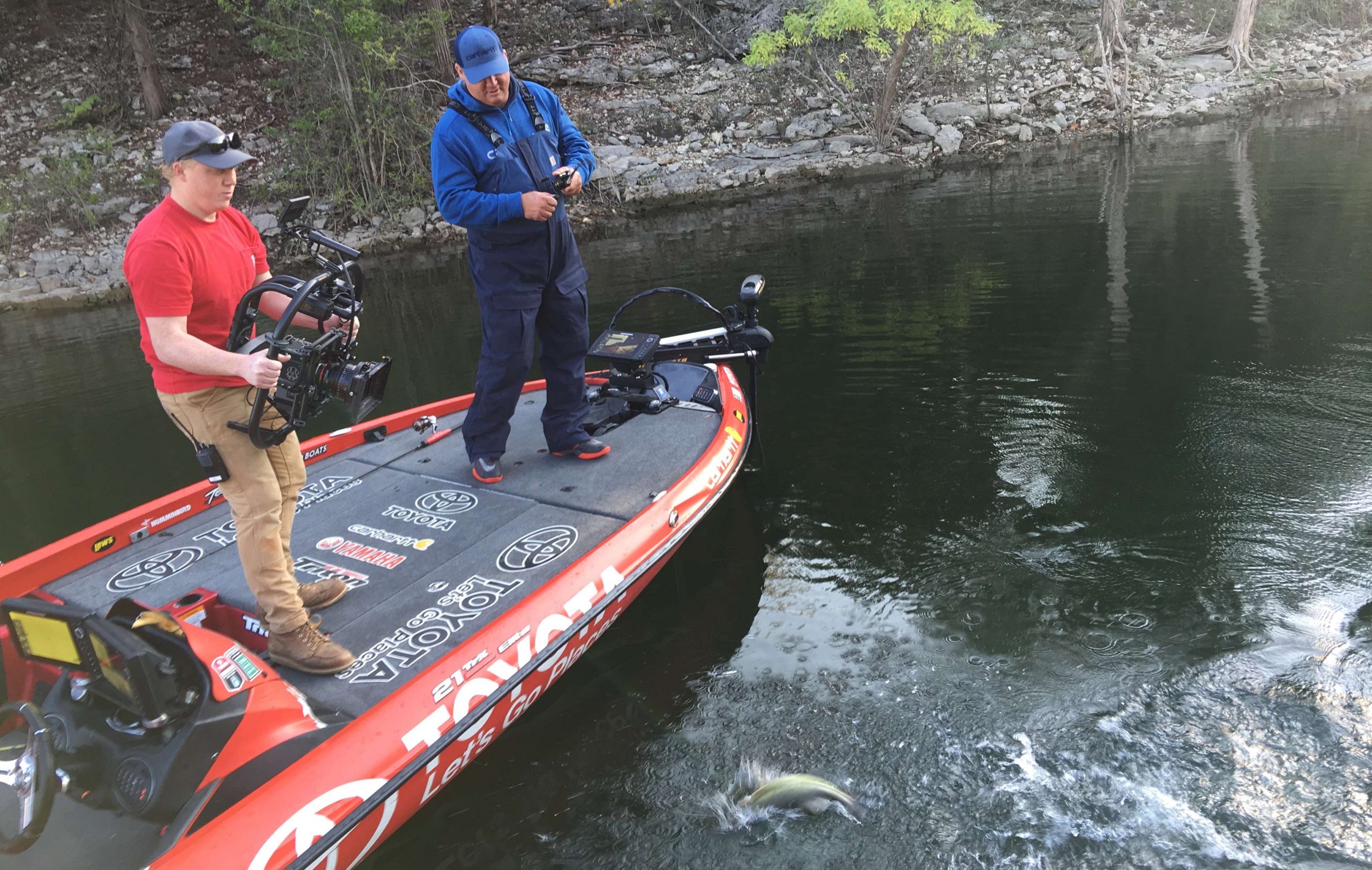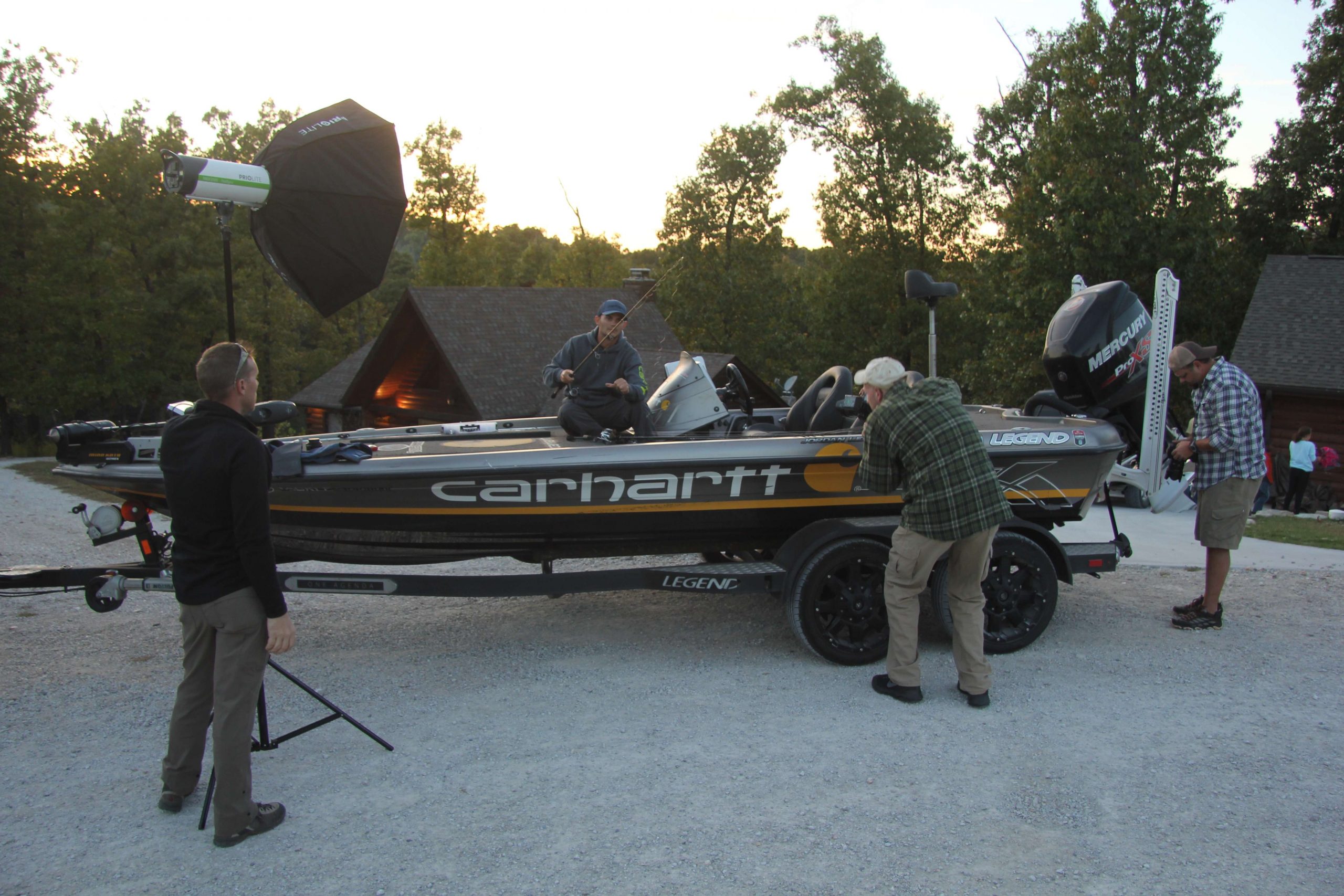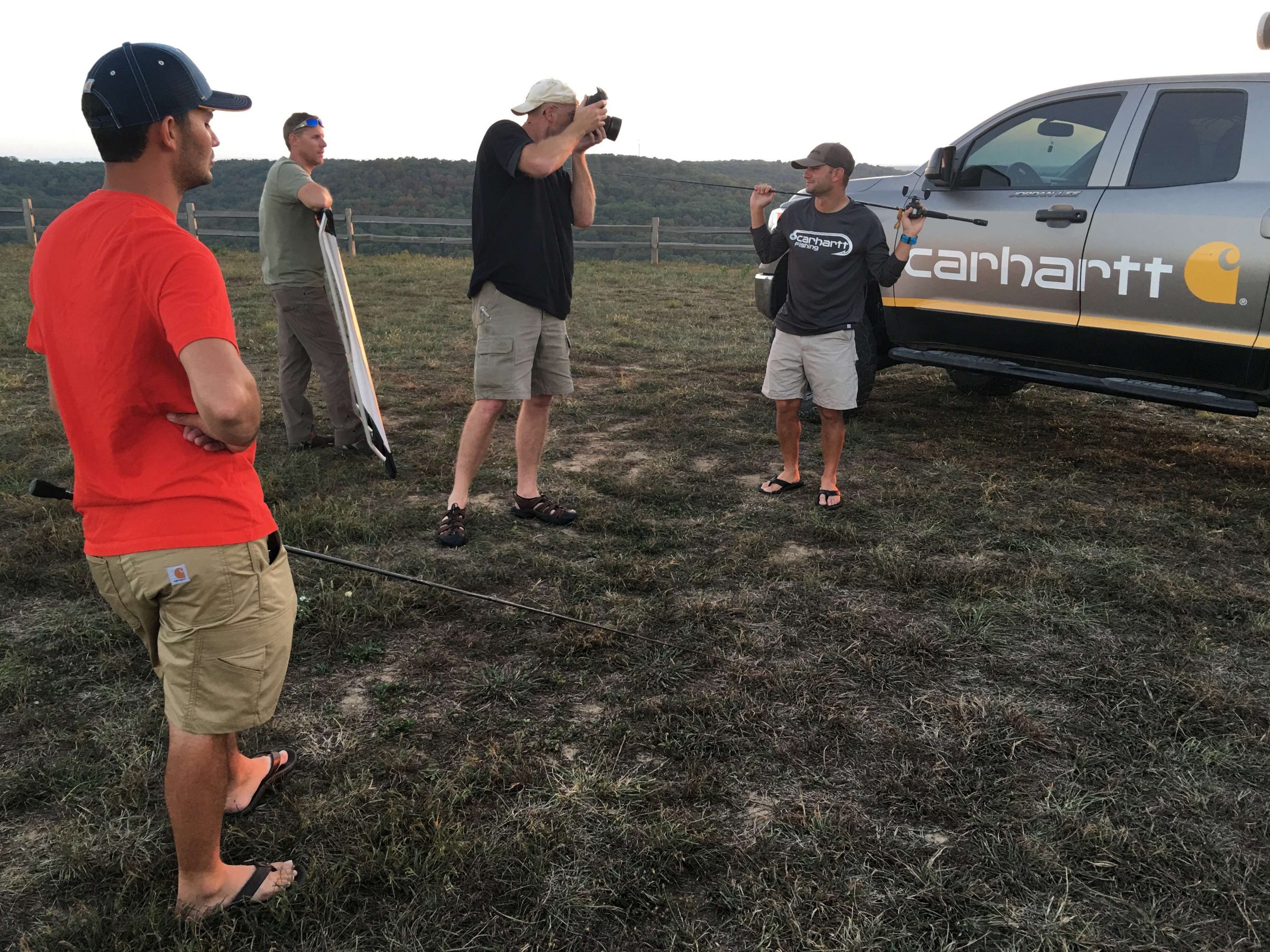
Hamilton Carhartt set out to clothe the workingman after starting his company in 1889. The first attempt was a bust, but the lessons learned are still at the core of how the iconic brand brings gear to market for work and play.
Hamilton Carhartt & Co. began 128 years ago with two sewing machines and five employees. America was in the midst of the Industrial Revolution. Factories prospered and so did railroads used to transport the goods. Trade workers dominated the workforce. They needed a tough garment to wear day in, day out, and that could stand up to smoke, sparks and locomotion.
The idea for a universal work bib overall was the brainchild of Carhartt. Yet his unfamiliarity of the needs of workers was the problem. Designing from the ground up would prove the better idea. Failure indeed led to success.
Carhartt visited job sites and watched workers in action. He returned with their feedback. The bib was redesigned with comfort, functionality and ruggedness in all the right places.
That core process remains in place after over a century with the now iconic brand. Find out what the user needs and then design, field test and refine until the product is fit for market.
Editor’s note: See some of Carhartt’s brand history.
What fishermen and hunters recognize as “field testing” has a very focused meaning at Carhartt. It doesn’t send prototype gear out to professionals to endorse and provide solicited feedback.
Instead, Carhartt relies on a select group of hardcore users to gain feedback on what they need in a garment. That happens even before making a prototype. They are unpaid. All are passionate about the brand. Scrutinizing the design, functionality and durability of every thread is expected from the top down.

“Field testing is part of our process but it begins long before then,” said Colleen Hau, director of consumer experience and co-creation.
Don’t be turned off by the corporate title. Co-creation is the corporate buzzword, but the process follows the lesson learned on the factory floors by Hamilton Carhartt.
Hau oversees a team that on a daily basis interacts with Carhartt wearers who are true-to-life workers, hunters and anglers. Many of those are the same person.
“Before we even get to the field testing stage of a new product we reach out to our core users, find out what they want in that particular product,” said Hau. “We want to understand how the product fits into their life.”
The feedback from research, surveys, and lots of phone calls and meetings is compiled and shared with the design team. They are even involved in the outside research. Trips to job sites under all weather conditions are a given. Gaining inspiration for what comes next is the goal.
Such was the case with the Force Extremes Shoreline Angler Jacket and its companion bib overall. The design team went fishing with Jordan and Matt Lee to see firsthand the rigors how a rain suit must be functional and comfortable.
The jacket and bibs went to design and then field testing. The cycle of prototypes and feedback continued until both sides were satisfied with the final outcome. The entire process took about one year to complete.
The field testers and co-creation group of users even influenced the retail price of the jacket and bibs.
“Our users at the core like to wear a garment for multiple uses beyond its ideally intended purpose, so we like to create value in a product like the rain jacket and bibs,” added Hau.
“You don’t see that with an $800 rain suit because it’s not designed to be worn anywhere else but in a bass boat that is traveling at high speed across the lake,” she said.
“We try and create multi-functional gear that must be work worthy but can meet the demands of also being outdoors while fishing,” explained Hau. “Our goal, especially with the fishing jacket and bibs, was to create gear that can go from job site to lake without needing a change of clothes.”
The idea worked. During testing some users even wore the rain gear on a job site, camping, hiking and even yard work.
Carhartt began as a work wear brand and that core focus remains today. The benefit for Carhartt consumers is whatever comes next, fishing and hunting gear included, must stand up to the core integrity of the brand. That is comfortable, rugged and durable gear designed to last for years.






